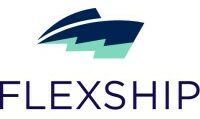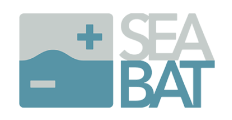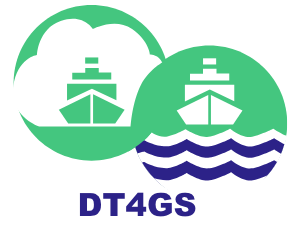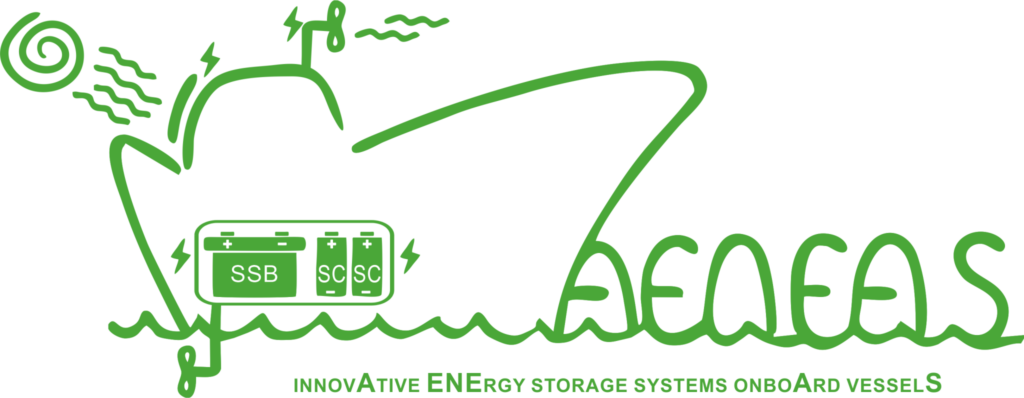EUWT - Synergies Ecosystem
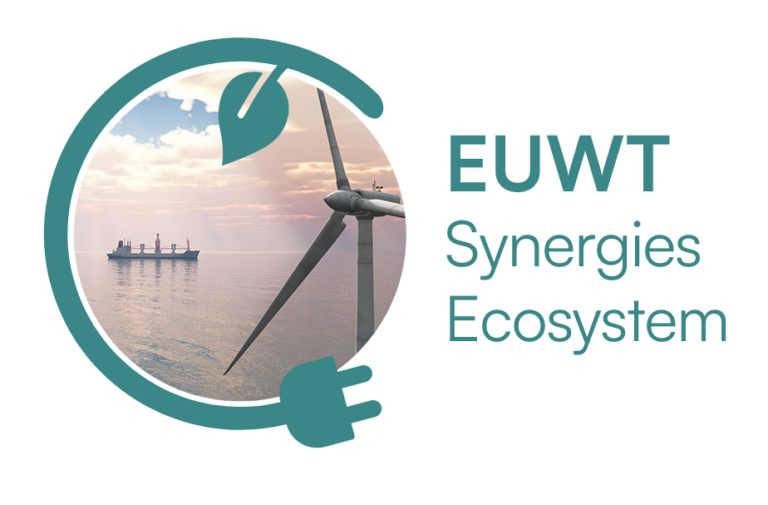
Seven EU funded projects, NEMOSHIP, FLEXSHIP, HYPOBATT, SEABAT, DT4GS, AENEAS and BlueBARGE, came together and started a collaboration with the aim of identifying common areas of interest, explore ways to adopt best practices and to enhance their project results for the benefit of waterborne transport. Here you will find further information about the partner projects.

NEMOSHIP Project
NEw MOdular electrical architecture & digital platform to optimise large battery systems on SHIPs
NEMOSHIP ambitions to contribute to the European Partnership “Zero Emission Waterborne Transport (ZEWT)” objectives by providing new deployable technological solutions needed for all main types of waterborne transport to reach a “net zero emission” by 2050.
To reach this goal, NEMOSHIP will develop:
- a modular and standardised battery energy storage solution (BESS) enabling to exploit heterogeneous storage units; and
- a cloud-based digital platform enabling a data-driven optimal and safe exploitation.
NEMOSHIP will demonstrate these two innovations at TRL 7 maturity for hybrid ships and their adaptability for full-electric ships thanks to:
- an offshore service vessel (diesel/electric propulsion);
- a newly designed hybrid cruise vessel (LNG/electric propulsion); and
- a semi-virtual demonstration for two additional full-electric vessels.
HYPOBATT
Hyper powered vessel battery charging system
This project will supply a modular, fast and simple multi-megawatt charging system that will enable the ships to be connected to the charging station and charged within a very short time after docking. Due to the intended modularity of the port-side charging stations, electrified port vehicles should also make use of this infrastructure in further steps, thus reducing the overall CO2 balance of a port. Further goals of the project are the standardization of the fast charging system for ferries as well as the development of new business models for battery-powered boats, which should make electric ferry operations safer, faster and more sustainable at other locations in the future
FLEXSHIP
Flexible and modular large battery systems for safe on-board integration and operation of electric power, demonstrated in multiple type of ships
This project aim is to develop and validate safe and reliable, flexible, modular, and scalable solutions for electrification of the waterborne sector.
SEABAT
Solutions for large batteries for waterborne transport
This project will apply a modular approach, with the aim to reduce component costs (battery, convertor) so that unique ship designs can profit from economies of scale by using standardised low-cost modular components.
In SEABAT existing commercial battery cells will be used, the concept will be suitable for future battery generations and high-power components that may have higher power densities or are based on different chemistries
DT4GS
Open collaboration and open Digital Twin infrastructure for Green Smart Shipping
DT4GS is aimed at delivering an “Open Digital Twin Framework” for both shipping companies and the broader waterborne industry actors to tap into new opportunities made available through the use of Digital Twins(DTs).
The project will enable stakeholders in shipping to actively embrace the full spectrum of Digital Twins innovations to support smart green shipping in both the upgrade of existing ships, as well as the building of new vessels.
AENEAS
Innovative Energy Storage Systems Onboard Vessels
AENEAS aims to contribute towards climate-neutral and environmental friendly water transport through three new next generation clean energy storage solutions. AENEAS will provide solutions to improve overall energy efficiency and drastically lower energy consumption of waterborne transport vessels, founded upon innovative electric energy storage, which is safe and cost competitiveness compared to traditional batteries.
To achieve this, AENEAS will develop three innovative electric Energy Storage Solutions (ESS) for waterborne transport, which are advanced beyond the traditional battery systems:
- Solid-state batteries (SSB) for constant load waterborne transport applications.
- Supercapacitors (SC) for water-borne transport applications for shaving of power peak demands and peaks during loading.
- Hybrid system, which combines SSB and SC for waterborne transport applications requiring high energy and power density energy storage solutions
The solutions enable (partial or full) electric shipping, taking into account conditions specific ships might encounter, including adverse conditions outside sheltered waters or going upstream on rivers. AENEAS will evaluate them for a range of applications and end uses in short-sea shipping and in-land waterways. For each of these three ESSs, one use-case will be demonstrated at TRL 5. At the same time AENEAS will define the pathway for the three ESSs for application in different ship types, achieving a comprehensive understanding of the ESSs and their applicability for diverse waterborne transport. Finally, AENEAS will define a roadmap for full scale on-board demonstrators of two ESSs by 2027.
BlueBARGE
Blue Bunkering of Anchored ships with Renewable Generated Electricity
The BlueBARGE Consortium is dedicated to designing, developing, and demonstrating an optimal power barge solution for supplying electrical power to moored and anchored vessels offshore. This effort will address challenges related to electrical integration, platform interfacing with ships, ports, and local networks, as well as operational safety and regulatory compliance aspects. The project will consider different alternatives as containerised power supply modules exploring various technical alternatives and configurations, providing a high-readiness and complete “power bunkering” solution, poised for commercialisation by 2030. In alignment with the EU’s goals to reduce greenhouse gas emissions by 2030 and the strategies outlined by the International Maritime Organization (IMO) to cut sector emissions by 50% by 2050, BlueBARGE seeks to contribute to the maritime industry’s transition toward electrification and decarbonisation at both EU and international levels.


